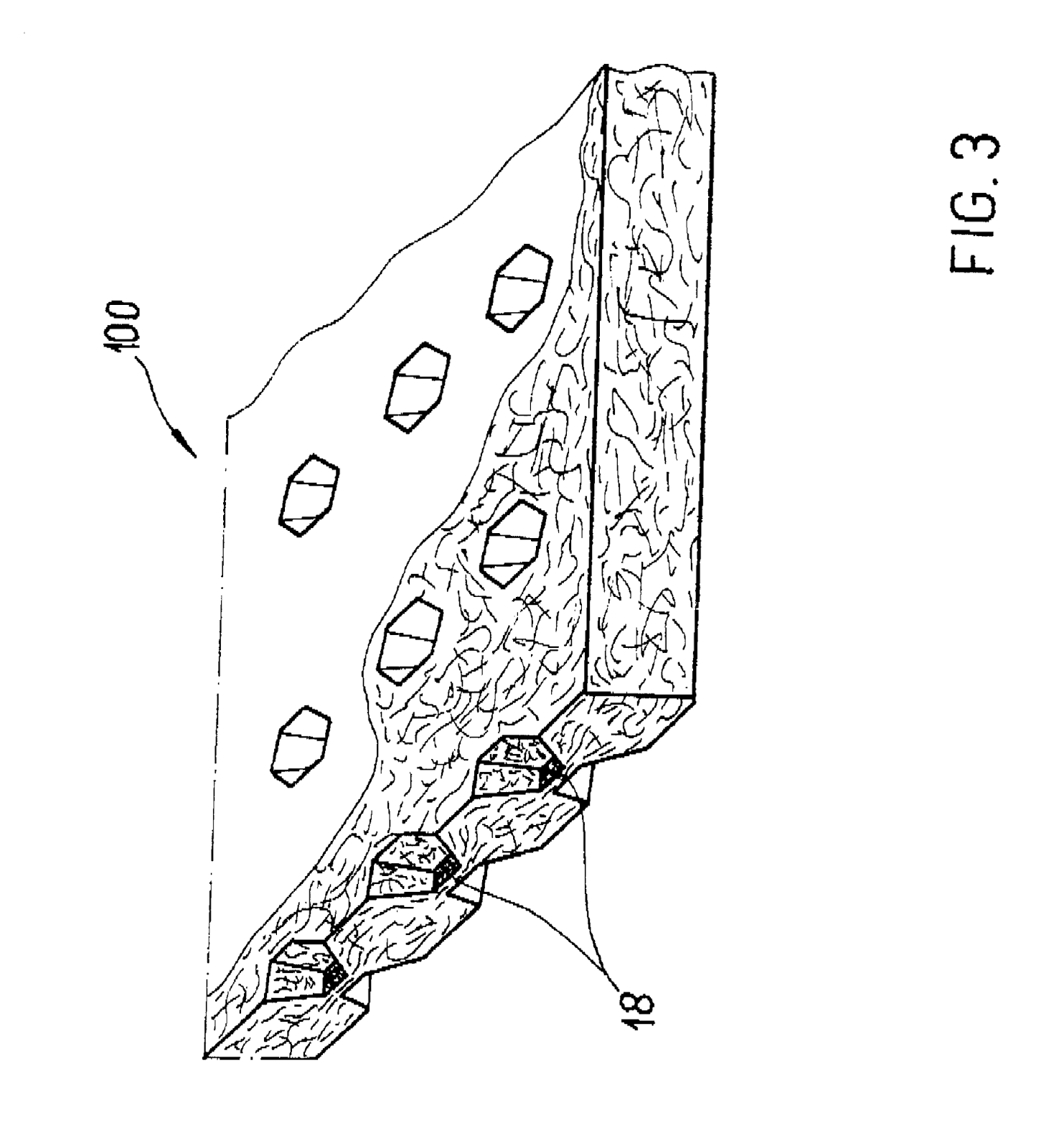Earlier this week, the Fourth Circuit reversed the dismissal of a Lanham Act claim for trade dress infringement involving a pixel pattern embossed on an absorbent textile-like product used in medical supplies, hygiene products and food packages. Judge Wilson (Roanoke Division of the Western District of Virginia) had dismissed the trade dress claim because he found the dot pattern to be functional and thus not protectable as trade dress.
Trade dress -- the visual appearance of a product or its packaging that signifies the source of the product to consumers -- is protected under trademark law. However, if a product feature is determined to be functional, then that feature is not protected by trademark law. The only way to protect a functional feature of a product's design is under patent law. A product feature is functional if it is essential to the use or purpose of the product or affects the cost or quality of the product. To put it simply, a feature is functional if it is the reason the device works as opposed to being merely ornamental. Sometimes the distinction is difficult to determine.
One of the issues on appeal was the effect of the utility patents that plaintiff had obtained on the same product. The Supreme Court has held that a utility patent is strong evidence that the features claimed therein are functional, and thus not protectable trade dress. The plaintiff argued, however, that its utility patents covered the manufacturing process and materials, but did not pertain to a particular embossing pattern, which was the aspect of the product that plaintiff argued was protected as trade dress. The Fourth Circuit noted that the diagrams on the utility patents show hexagonal shapes, rather than the circular dots or pixels depicted in the trademark.

Patent

Trademark
The Fourth Circuit found that while the utility patents were evidence of the dots' functionality, they were not dispositive. The court should look at other factors, such as the availability of functionally equivalent designs. In light of these factual questions, the Fourth Circuit determined that there was a genuine issue of material fact regarding "whether a specific embossing pattern is the reason the device works or merely an ornamental, incidental, or arbitrary aspect of the device." Therefore the dismissal was reversed and the case remanded for further proceedings.
The case demonstrates an interesting area of intellectual property law that is at the crossroads of trademarks and patents.
The case is McAirlaids, Inc. v. Kimberly-Clark Corporation, --- F.3d --- (4th Cir. June 25, 2014).




 />i
/>i

